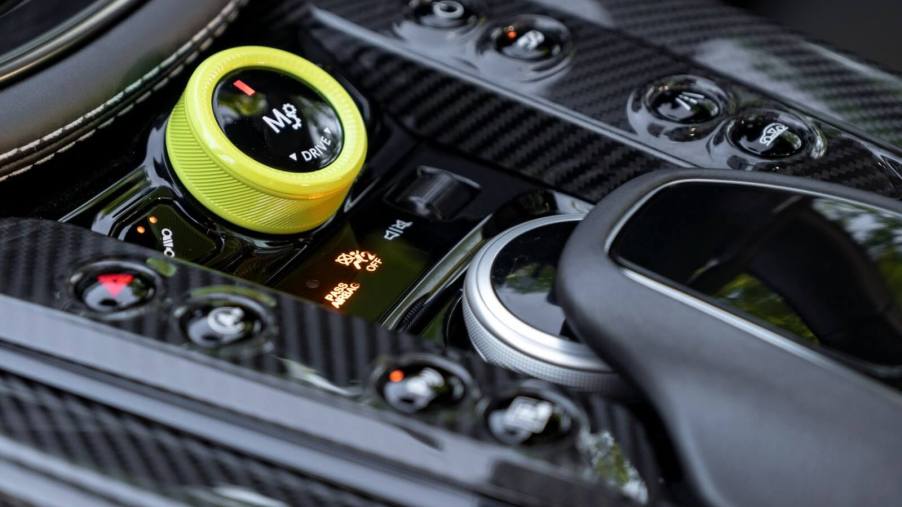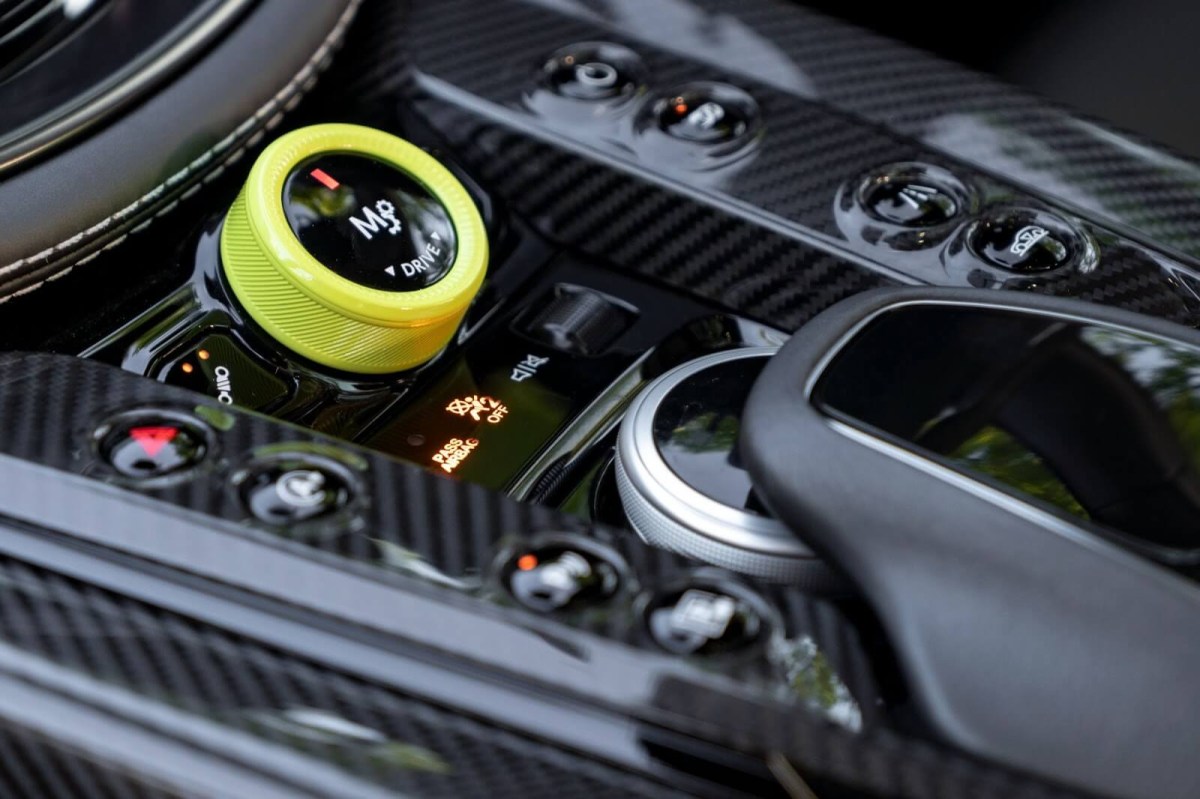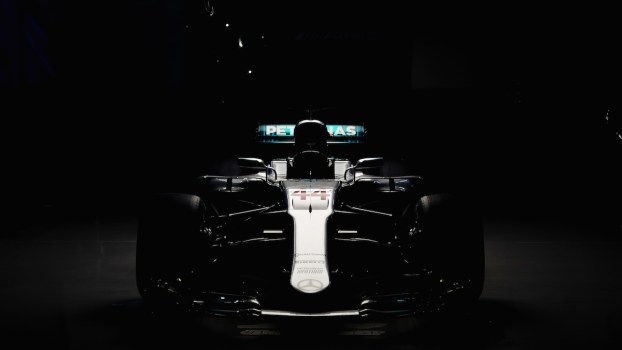
4 Times Formula 1 Technology Ended Up in Road Cars
The Formula 1 season is here, and there are few things more exciting than watching those high-tech machines push the limits of both physics and technology. Over the years, F1 has been responsible for several vehicle innovations. In fact, several bits of Formula 1 technology have ended up in the road cars you can drive today.
Active aerodynamics
In current Formula 1 cars, the rear wings have a flap that the driver can adjust to reduce aerodynamic drag. Known as DRS or a drag-reduction system, the concept of active aerodynamics is now found in several road cars, from the mundane to the monstrous.
While models like the new Porsche 911 GT3 RS use a literal DRS system to aid outright performance, other models like the Ford Mustang, BMW M5, and even older Chevy Cruze sedans use similar tech for efficiency. In these cars, active grille shutters activate at certain speeds to reduce drag and improve fuel economy at higher speeds. Once at lower speeds, the shutters reopen to enhance engine cooling.
Regenerative braking
Another Formula 1 innovation that is now is road cars is regenerative braking. In F1, a Kinetic Energy Recovery System or KERS, uses braking power to regenerate electric energy in the car’s hybrid power units. Sound familiar?
That’s because models like the Volvo S60 Recharge hybrid, Porsche 919 hybrid hypercar, and even the milquetoast Toyota Prius use this advanced tech to improve the efficiency of hybrid drive systems. Of course, all modern EVs also use the same tech to help extend range.
Carbon fiber

Carbon fiber certainly isn’t unusual in modern road cars, but it has its origins in Formula 1 as well. Initially, carbon fiber was used to reduce weight while maintaining strength and rigidity compared to aluminum components. This weight savings is critical in F1, where every ounce shaved can improve the balance of the car.
In road cars, it is mostly an aesthetic choice, though on high-performance cars there are certain benefits. For example, a carbon fiber roof in the E92 M3 helped reduce the car’s center of gravity to improve handling. And in the one-off Jaguar XE SV Project 8, carbon fiber body panels offset the weight of a bigger, heavier engine.
Turbo-hybrid engines from F1 in today’s cars
Current Formula 1 cars use turbo hybrid power units. These feature a turbocharged V6 engine and electric motor that combine for nearly 1,000 horsepower. However, that technology has been around in F1 since 2009.
Today, cars like the Volvo S60 Recharge, Polestar 1 (Seriously, Volvo knows how to make a hybrid), and the Porsche Panamera E-Hybrid use hybrid tech. They do this not for efficiency, but to deliver monster performance without massive combustion engines.
Current F1 tech that may be on its way to road cars
While much of the above tech is still in the current Formula 1 cars, there are also new innovations in F1 cars that may be on their way to our vehicles in short order. For example, both hydrogen, synthetic, and biofuels are either being tested or used in modern race cars. With a push toward green energy, don’t be surprised to see similar technology coming to road cars in the near future.




